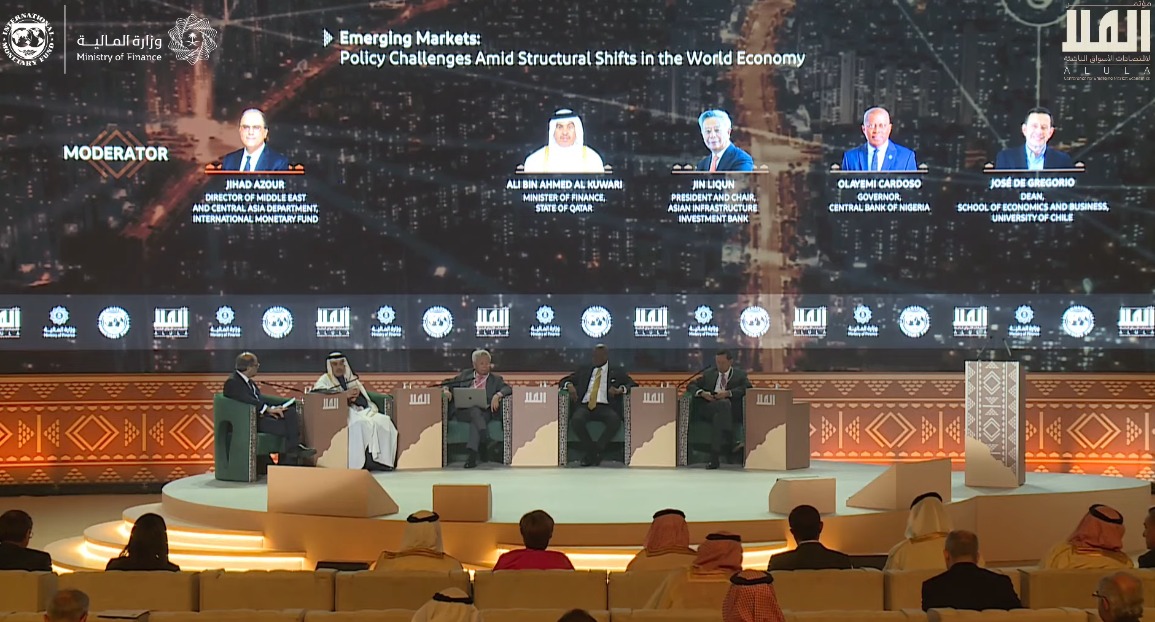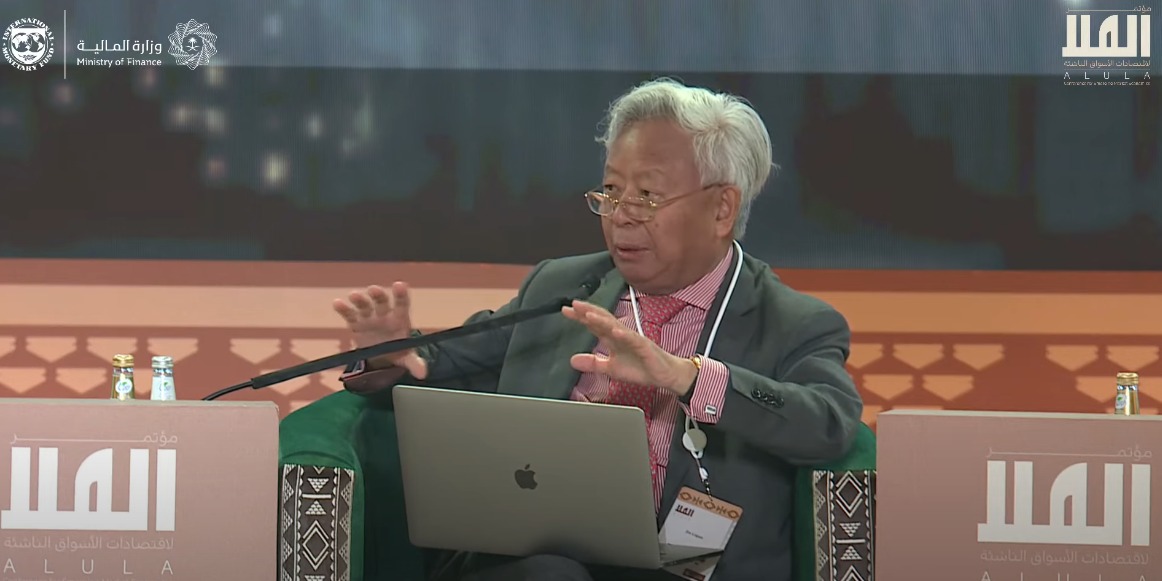RIYADH: Saudi Arabia’s sovereign wealth fund has detailed its successful balancing of biodiversity conservation with its investment initiatives.
The Public Investment Fund highlighted its undertakings spanning diverse sectors, with a focus on sustainable, eco-friendly, and luxurious tourism, as well as responsible mining practices.
According to the UN, human activity, driven largely by unsustainable practices, is the primary driver behind an ongoing biodiversity crisis, with 44,000 species endangered, 70 percent of coral reefs at risk, and fertile land loss surging by 29 percent since 2000.
Saudi Arabia, home to a vast array of plant and animal species, is actively addressing these challenges.
In a statement, PIF emphasized its role as a major contributor to the Kingdom’s goals for protecting the environment, climate, natural resources, and biodiversity.
The fund pointed out that “it is possible to align successful and realist investment with environmental priorities.”
This holistic approach also promotes responsible investment in protected areas, particularly in nations rich in biodiversity – a commitment echoed by PIF as it strives to achieve Saudi Arabia’s environmental and biodiversity conservation goals.
One of the Kingdom’s wealth fund’s initiatives is Red Sea Global, which was established to develop tourist destinations in harmony with sustainable practices.
The giga-project has conducted extensive baseline studies of marine biodiversity in the Red Sea and Amala regions to inform strategic planning aimed at nurturing the region’s tourism sector while preserving its ecological balance.
Building on its environmental database, Red Sea Global aims to achieve a 30 percent positive biodiversity conservation return by 2040.
Its initiatives include species protection and habitat restoration efforts, supported by accolades such as the “Regional Sector Leader” award from the Global Real Estate Sustainability Index.

PIF is keen to preserve Saudi Arabia’s wide range of biodiversity. Supplied
PIF’s commitment extends beyond tourism to initiatives like Dan Co., which is dedicated to eco-friendly tourism projects across Saudi Arabia.
Launched in December 2023, Dan Co. aims “to achieve leadership in the field of rural and environmental tourism” through partnerships with local communities, offering visitors experiences that showcase Saudi Arabia’s diverse cultural values.
Moreover, Soudah Development Co. focuses on creating luxury mountain tourism destinations in Asir, integrating environmental sustainability with cultural preservation and community empowerment.
By partnering with local wildlife and vegetation conservation authorities, Soudah Development plays a crucial role in advancing Saudi Arabia’s ambitious Green Initiative to combat climate change and promote sustainable development.
In tandem with these efforts, mining company Ma’aden has embarked on environmental undertakings, including projects for vegetation improvement and mangrove preservation along coastal areas—crucial for community livelihoods and ecological stability.
Ma’aden’s commitment to biodiversity management sets benchmarks for responsible mining practices across its operational spectrum.
According to PIF, these collaborative models illustrate that robust investment strategies can coexist with environmental conservation imperatives.
The fund stated: “PIF is moving toward achieving sustainable economic and social development capable of ensuring continued economic growth while protecting natural diversity through an integrated system of vital initiatives and projects that shape the future for generations to come.”
The Kingdom boasts rich biodiversity, including 499 species of birds, 117 mammals, 107 reptiles, 266 coral, 1,230 types of fish, eight amphibians, and over 2,400 flowering plants, according to the National Center for Wildlife.
Recent events, such as Saudi Arabia’s participation at the High-Level Event on Ocean Action in San José, Costa Rica, on June 10, underscore the Kingdom commitment’s in this field.
The event, attended by the Minister of State for Foreign Affairs and Climate Affairs Envoy Adel Al-Jubeir, focused on sharing expertise in ocean governance and safety, addressing critical challenges marine environments face.
At the accompanying exhibition, the Saudi delegation showcased national initiatives under the banner of “Blue Saudi,” highlighting efforts such as assessing and rehabilitating environmental habitats in the Red Sea and Arabian Gulf.
Emphasizing the importance of preserving biodiversity, the delegation presented plans to designate protected areas and ambitious programs to plant mangrove trees and combat plastic pollution through legislative measures and waste management initiatives.
Saudi Arabia reiterated its commitment to sustainable practices under the UN Convention on the Law of the Sea, underscoring its dedication to conserving marine biodiversity.
In May of this year, the King Salman bin Abdulaziz Royal Natural Reserve in Saudi Arabia achieved accreditation as “the first major biodiversity site in the Kingdom,” confirmed by Key Biodiversity Areas.
The reserve, spanning 130,700 sq. km, meets three global standards, including the presence of endangered species, qualifying it for this prestigious recognition, which coincides with the International Day for Biological Diversity on May 22 each year.
Managed by the King Salman bin Abdulaziz Royal Natural Reserve Development Authority, the Saudi reserve aims to safeguard endangered species, enhance natural habitats, promote environmental awareness, and mitigate threats from natural and human factors.
This area is recognized as the largest nature reserve in the Middle East.






























